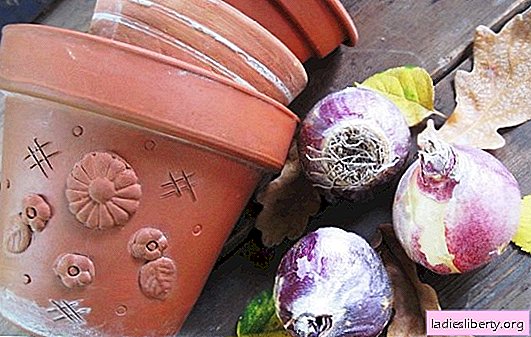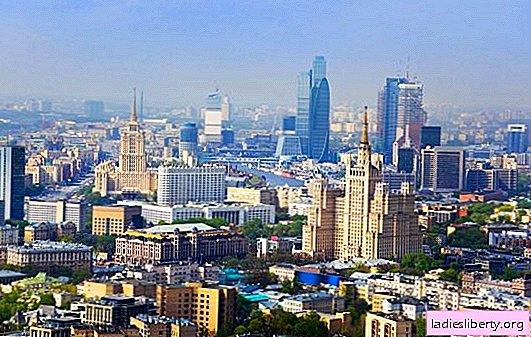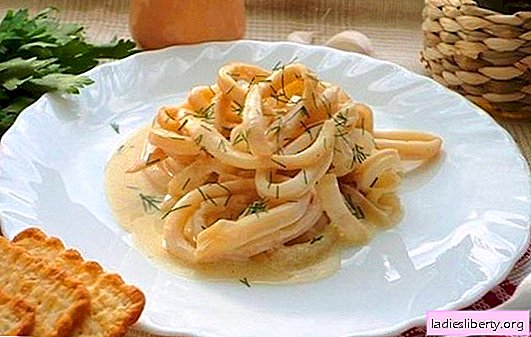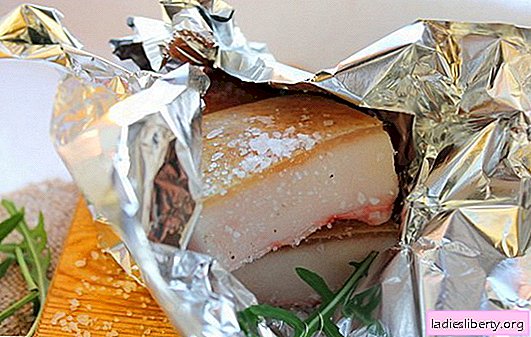
Bulbous plants remain the favorite primroses, they are grown everywhere.
However, many consider hyacinths to be moody colors, which are difficult to breed.
But this is not so!
There is nothing difficult in this, you just need to know some rules for the autumn planting of hyacinths.
Hyacinth Flower Description
Hyacinths bloom begins in the first spring months, which attracts gardeners. At the beginning of the growing season, leaves grow on the plant, and a peduncle is formed. Hyacinth flowers are collected in beautiful cone-shaped inflorescences. The color of the plant is very diverse: white, cream, pink, red, purple, purple, yellow.
The key to beautiful flowering depends on compliance with all conditions and the timing of the autumn planting of hyacinth in the ground. The bulbous plant needs an annual transplant, otherwise flowering weakens. Do not wait for this, it is better to update the planting material in time.
Autumn - time for planting hyacinths in the ground
Each plant has its own growing characteristics, hyacinth is no exception. Bulb planting must be carried out in the fall. Timing depends on weather conditions and the region where hyacinths are grown.
Bulbs are planted in the middle lane in late September - early October. In regions with a warm climate, the autumn planting of hyacinths in the ground can be extended until November. But in this case, the bed is covered with dry foliage or sawdust.
The rooting of the bulbs lasts about a month, so the planting time must be calculated so that the plant has time to root well before the onset of frost. If the weather is warm, then landing can be postponed for 1-2 weeks.
Important! Early planting of bulbs adversely affects the condition of the plant and spring flowering.
Soil preparation for autumn planting of hyacinths
Hyacinths prefer neutral loose soil. If the soil is too dense, sand and peat are added to it. The presence of drainage is another condition when planting hyacinth. The plant does not tolerate moisture stagnation.

Preparing the beds for planting is done in advance. Dig the soil, adding mineral fertilizers. At the same time, nitrogen preparations are left for spring dressing. Under the autumn digging, it is advisable to make:
• superphosphate;
• magnesium sulfate;
• potassium sulfate;
• mature compost or humus.
The prepared bed is covered with a film and left until planting.
Important! Planting hyacinths annually in the same place is not recommended.
How to choose planting material
The beauty of hyacinth lies in its flowering, which fascinates with its colors. The health of the bulb and peduncle depends on a properly selected planting material.
1. When buying a bulb, you need to pay attention to its volume. A healthy bulb has a diameter of 4-6 cm. Smaller bulbs are not suitable for autumn planting of hyacinth.
2. A healthy bulb should be dense, without cracks, rotting, stains, damage. A weak bulb is very unstable to disease and can infect the entire garden.
3. Too large bulbs are used for home distillation to various celebrations.

How to plant a hyacinth bulb in autumn, photo
The success of flowering depends on the correct planting of bulbs on the bed. All planting material needs special preparation and processing.

• Before planting, the bulbs are sorted, affected and damaged are removed.
• Prepared bulbs are disinfected. They are soaked in a solution of potassium permanganate or fungicide for half an hour.
• Hyacinths are grown in rows, the distance between which is 25 cm.
• Bulbs are planted in holes, departing from each other about 15 cm.
• An important factor in the planting of hyacinths in the fall is the depth of the bulbs. Standard planting material is planted to a depth of 20 cm, and small onions-children - 10 cm.
• At the bottom of each hole lay a drainage of sand with ash, which prevents various diseases. The thickness of the drainage layer is about 5 cm.
• If the autumn is dry, then after planting, the garden bed needs to be watered.

Hyacinth care after flowering
After flowering, the bulb should restore strength. During this period, she is in the ground. Watering hyacinths is gradually reduced, then completely stopped. It is advisable to make plant nutrition with minerals, which will replenish the supply of nutrients for future flowering.
When to dig hyacinth?
Determine the time for digging the bulbs will help the appearance of the plant. Bulbs are typically removed from the ground when leaves turn yellow and droop.
Experienced growers are advised to dig bulbs every year, otherwise they will become sick over time, which leads to degeneration of the garden. And also the annual transplant helps to monitor the condition of the planting material, to separate the children in time and update the planting.
Dig hyacinths with a shovel, as the bulbs go deep into the ground. Next, they are washed and disinfected. For this, the prepared bulbs are kept in a solution of malathion or hot water. After which the planting material is sorted, dried and sent for storage.
Storage of hyacinth bulbs before planting
The resting period of the bulbs is a very important stage in the cultivation of hyacinths. He needs to pay special attention. At this moment, a flower arrow forms in the bulb.
Dried and peeled bulbs are sent for storage. They are laid out in prepared boxes in one layer. Small onions are stored separately. If there is not enough planting material, then it can be wrapped in special paper bags.

An important point in the storage phase is the room temperature. First, the bulbs are stored at a temperature of about 25 degrees. This stage lasts two months, after which further storage takes place at a reduced temperature, close to 5-8 degrees. You can place the bulbs in the refrigerator or basement. There planting material can withstand 7 days. Next, prepared bulbs are planted in the garden.
Important! During storage, hyacinths are able to form many small onion-children. They are grown at home.
Problems When Growing Hyacinths
1. Some gardeners plant hyacinth bulbs not in the autumn, but in the spring. This cannot be done, because the natural process of development is straying. Flowering in the year of planting will be gone. To form a peduncle, a plant needs special conditions that can be provided only by annual digging.
2. Hyacinths do not bloom well if the landing site is incorrectly selected. These plants are photophilous, they need warmth. The landing site is selected without drafts, in an open sunny area.
3. Hyacinth bulbs get sick and rot from the proximity of groundwater. The beds are made inclined so that there is no stagnation of melt water.
4. Hyacinth inflorescences are short, fall out of the socket, flowers are underdeveloped. This is due to early planting, excess moisture in the soil or improper storage of bulbs.
Pros of autumn planting hyacinth
Despite the moodiness of hyacinth, it is often grown in gardens. The flower is interesting in that its planting takes place in the fall, and even for a beginner, it is on the shoulder! Caring for a plant is uncomplicated, and following all the rules of planting, you can achieve a bright and memorable flowering.











